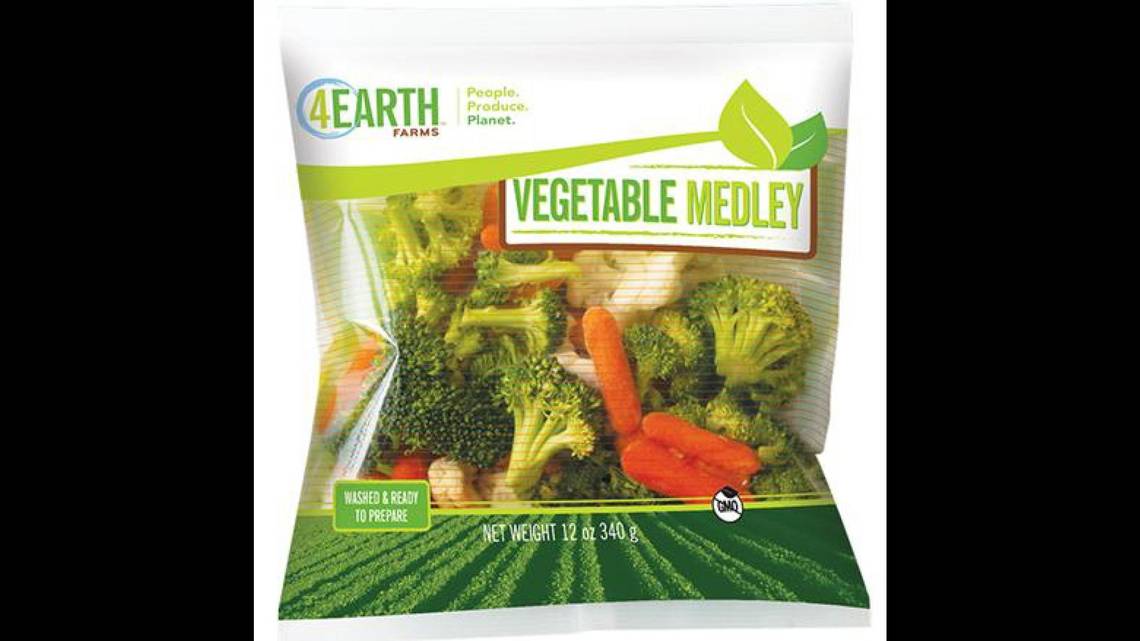The latest recall related to the E. coli outbreak traced to carrots involves four brands, six retailers and seven states, including Florida and California.
And most food products contain broccoli.
READ MORE: A deadly E. coli outbreak and a recall involving Publix, Walmart, Kroger, Albertsons and others
As with the original recall, the concern on Friday is that even though all the products are well past their expiration dates, they may still be in customers’ refrigerators or freezers.
What has been recalled now?
After hearing from Grimmway Farms, which caused the carrots to trigger the original recall, Californian company 4Earth Farms recalled the following food products because they may have been contaminated with E. coli O121:H19.
All following with expiration dates of September 7 through November 2 must be discarded or returned to the store for a full refund. Clean and disinfect every surface they touched.
These went to stores in Florida, California, Pennsylvania, Illinois, New Hampshire, Colorado and Minnesota.
READ MORE: Cucumbers recalled in at least 26 states and Canada after link to salmonella illnesses
Walmart: Marketside Broccoli Medley, 12-ounce and 32-ounce bags; Organic broccoli mix, 12 ounce bags; and Brocooli Stir Fry Medley, 12-ounce bags.

Organic vegetable mix on the market, sold at Walmart and Sam’s Club. FDA
Sprouts farmers market: 4Earth Farms, Broccoli Medley, 12 ounce bags.

4Earth Farms Vegetable Mix FDA
OK Produce: 4Earth Farms, organic broccoli mix, 12 ounce bags.
Albert’s Organics: Wild Harvest, Organic Broccoli Mix, 12 Ounce Bags.
UNFI: Wild Harvest, Organic Broccoli Mix, 12 Ounce Bags.
Kennedy production: Grimmway organic carrots, 1 pound bags.
READ MORE: Eggs not intended for sale are recalled by Costco over salmonella concerns
If you have any questions about this recall, please call 4Farms at 855-918-1706, Monday through Friday, 11:00 AM to 7:30 PM, Eastern Time.
What’s going on with the E. coli outbreak?
As of Friday’s update from the FDA, outbreak statistics remained the same: 39 people became ill, one of whom died and another 15 were hospitalized. Official outbreak numbers are often well below the number of people actually infected, because most people get through the four to seven days of fever, nausea, abdominal pain, vomiting and diarrhea without seeking medical attention.
But E. coli O121:H19 is one of the Shiga toxin-producing forms of E. coli, which makes the development of hemolytic uremic syndrome (HUS) more likely. HUS, a form of kidney failure, can make E. coli fatal.

